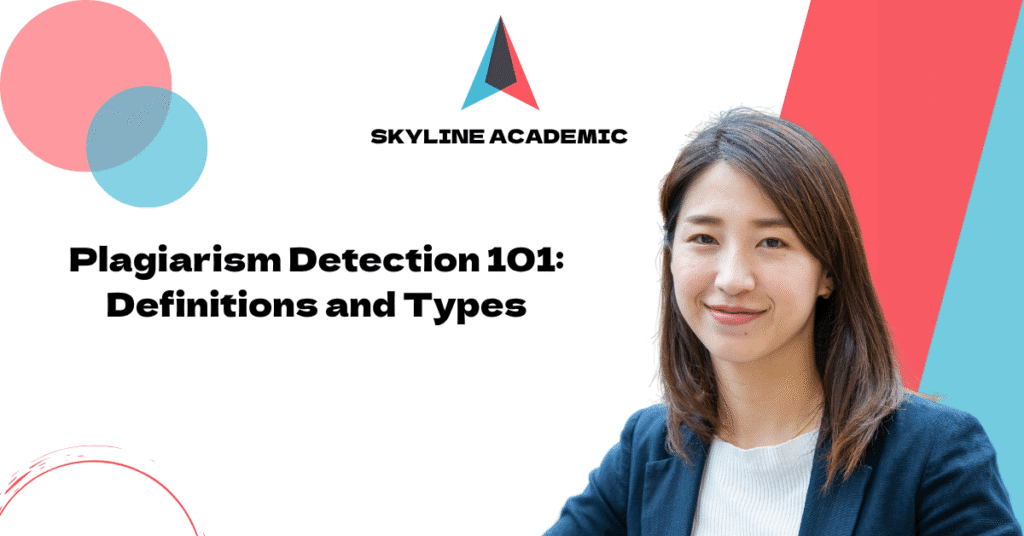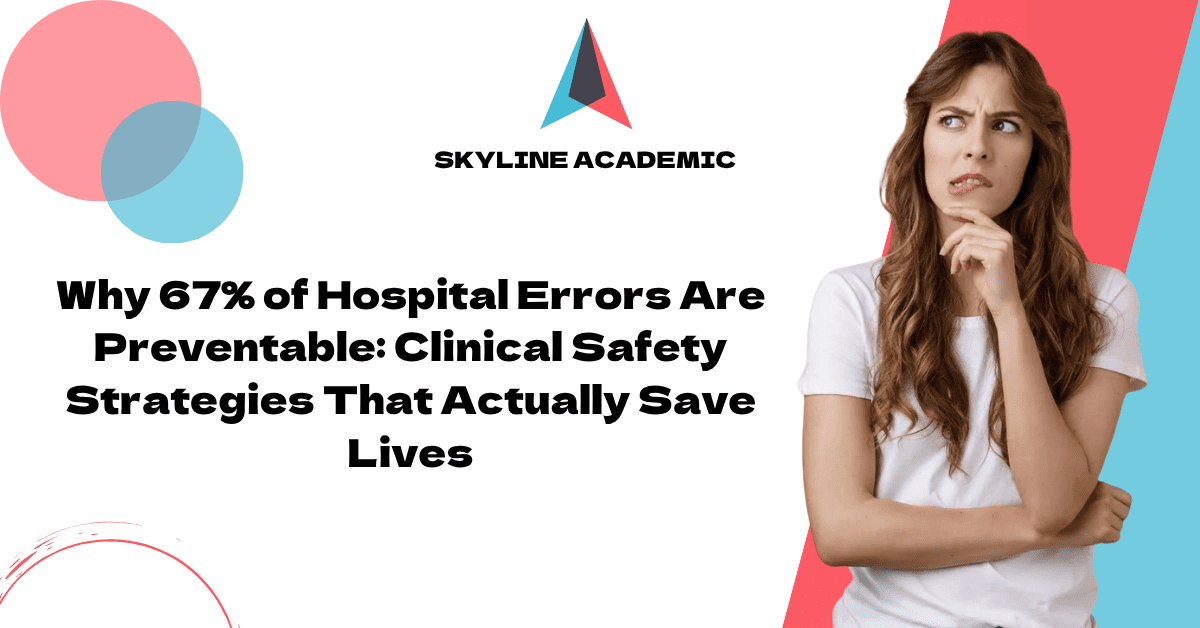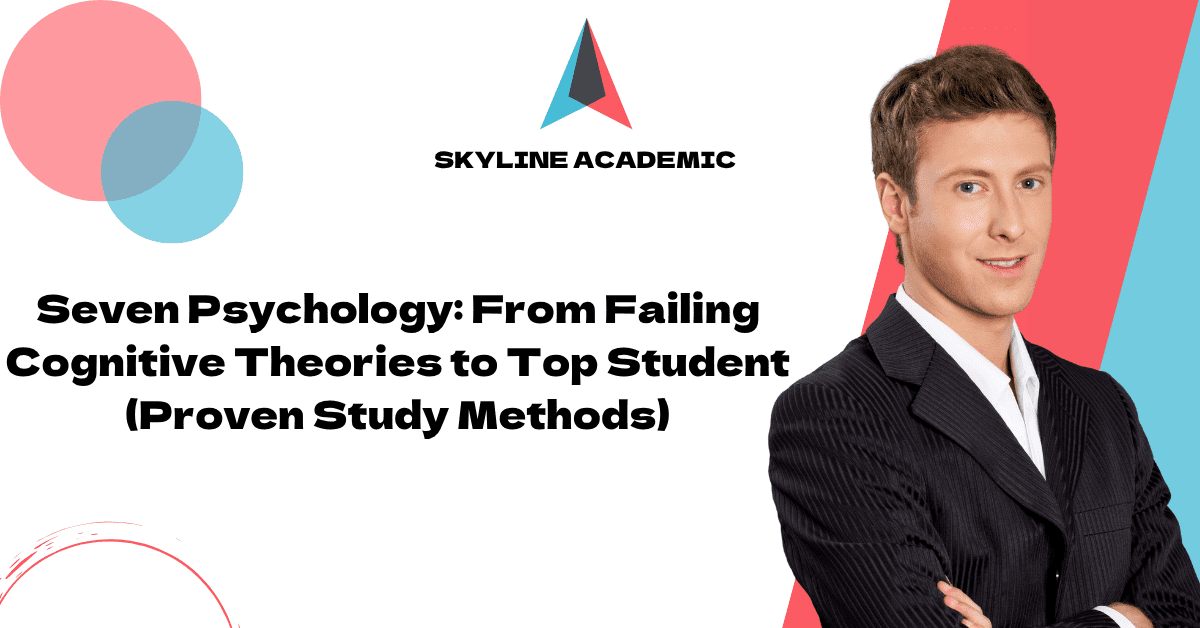Plagiarism Detection 101: Definitions and Types
Top tools like Originality.ai now detect copied content with 86% accuracy. The modern definition of plagiarism has shifted away from simple theft. It now focuses on how writers fail to credit their sources, whether intentionally or carelessly.
Free plagiarism checking tools online have clear limitations you should know about. These tools’ accuracy varies by a lot, and free detectors range from 26% to 80% reliable. AI-generated content raises new questions about what counts as plagiarism because it might accidentally copy existing material. Modern plagiarism detection now covers six different areas: web-search-based, academic, code, cross-language, CMS-based, and ai plagiarism detection systems.
Professional writers just need stricter limits of 5-10% similarity, while academic work allows similarity scores of 15% or less. Market leaders Turnitin and Copyscape help writers avoid accidental plagiarism effectively. This piece shows you what plagiarism means, explains detection systems, and gives you practical steps to keep your work original with proper citations.
What is plagiarism and why it matters
You need to understand what plagiarism really means before looking at ways to detect it. The word “plagiarism” comes from Latin, meaning “kidnapper,” and represents a serious ethical violation in all contexts [1].
Definition of plagiarism in academic and professional settings
Oxford University defines plagiarism as “presenting work or ideas from another source as your own, with or without consent of the original author, by incorporating it into your work without full acknowledgement” [2]. This complete definition applies to published and unpublished material in any format, and it includes content that AI systems generate.
Professional plagiarism goes beyond academic concerns. It includes using someone else’s intellectual property—from business plans to marketing materials—without proper credit [3]. Plagiarism breaks intellectual honesty rules in both settings and ignores the simple principle of giving credit where it’s due.
Common examples of plagiarism
Plagiarism software tools can detect several distinct types of plagiarism:
- Direct plagiarism: Copying another writer’s work word-for-word without attribution or quotation marks [4]
- Mosaic/patchwork plagiarism: Borrowing phrases from sources with minimal changes, keeping the same structure and meaning without proper citation [4]
- Self-plagiarism: Reusing your own previous work without permission, like submitting the same paper for different classes [4]
- Accidental plagiarism: Missing source citations or paraphrasing too closely by mistake—this remains a serious violation even without intent [4]
Consequences of plagiarism
Plagiarism can have severe and lasting effects. Academic penalties often include:
- Course failure or grade reduction
- Academic probation or permanent transcript notation
- Suspension or expulsion from educational institutions [5]
Professionals who plagiarize can destroy their careers. Business people, politicians, and public figures risk termination and permanent damage to their reputation [5]. Legal consequences under copyright laws might lead to lawsuits, monetary penalties, and criminal charges in extreme cases [5].
Plagiarism does more than trigger formal penalties. It stops you from developing original thinking and creativity [6]. The academic tradition of building upon others’ work through proper attribution gets disrupted when sources remain hidden [7].
Many people think ignorance protects them from plagiarism charges. Modern institutions use sophisticated online checking tools that catch violations quickly [5]. The quickest way to maintain academic and professional integrity is to learn proper citation methods and use free online plagiarism checking services.
6 major types of plagiarism detection tools
Image Source: ResearchGate
“Plagiarism checker tools make the process of detecting copied content remarkably easy. With their user-friendly interfaces and intuitive design, these tools are accessible to all users, regardless of their technical expertise.” — AIContentfy Editorial Team, Content experts specializing in AI and plagiarism detection
Plagiarism detection tools continue to evolve with specialized solutions for different needs and contexts. Each type brings unique capabilities to identify content matches in formats and languages of all types.
1. Web-search-based plagiarism checkers
Web-search plagiarism checkers compare submissions with online published content. Tools like Originality.ai show better accuracy with an 86% detection rate at a 15% threshold compared to Grammarly’s 80.3% [8]. Editors, writers, and content marketers use these tools to verify web content originality. Website managers often prefer Copyscape as their go-to solution [9].
2. Academic plagiarism detection software
Academic plagiarism checkers merge with Learning Management Systems like Blackboard. Turnitin, created in 1997, stores uploaded texts automatically in its database [9] and stands as the gold standard for educational institutions. SimCheck, a newer option built into Canvas, evaluates student work against institutional repositories, library databases, and homework help sites [10]. These solutions focus on maintaining academic integrity in educational environments.
3. Code plagiarism checkers
Code plagiarism detection tools spot similarities in programming languages. Copyleaks can detect plagiarism in coding languages like Java, Python, and C++ [11]. Codequiry works with over 50 programming languages and looks at logic patterns beyond surface changes [12]. MOSS (Measure Of Software Similarity), developed in 1994, finds code similarities effectively while acknowledging human judgment’s importance [13].
4. Cross-language plagiarism tools
Cross-language plagiarism checkers find content translated between languages. Crossplag spots similarities by translating document content from original to target language [14]. This helps address plagiarism by translation, which has grown with free translation tools [15]. Copyleaks detects matches in more than 30 languages [16].
5. CMS-integrated plagiarism software tools
CMS-based plagiarism checkers work directly within content management systems. Many connect through APIs with platforms like WordPress to make plagiarism detection part of content creation [8]. Writers can check their work during the writing process instead of doing it separately.
6. AI-powered plagiarism detection tools
AI-powered tools utilize machine learning to find potential plagiarism more effectively. Turnitin’s AI content checker spots AI-generated content with “very high accuracy” according to independent research [17]. These advanced systems can find both direct copying and paraphrased content, helping protect content quality as AI writing tools become common.
How plagiarism detection tools work
Image Source: ResearchGate
“Plagiarism detection software proves its worth by efficiently identifying copied content and ensuring originality. With its advanced algorithms, the software compares text against a vast database, flagging any matches or similarities found.” — AIContentfy Editorial Team, Content experts specializing in AI and plagiarism detection
A sophisticated system of algorithms and processes powers every online plagiarism checking tool. These tools use several techniques to spot similarities between texts and find plagiarized content.
Text segmentation and string comparison
The detection starts by breaking documents into smaller chunks. This process, known as text segmentation, splits content into analyzable units like sentences, paragraphs, or n-grams [18]. The system performs simple preprocessing first. This includes tokenization (splitting text into words), lowercasing, stop-word removal, and lemmatization that reduces words to their base forms [19].
String matching algorithms are at the heart of most detection systems. The Knowledge-based String Matching Algorithm (KSMA), to name just one example, boosts the Knuth Morris Pratt Algorithm. It helps catch “shake and paste plagiarism” where writers swap words with synonyms [18]. Other methods include:
- Levenshtein Edit Distance: Measures the cost to change one string into another
- TF-IDF Weighting: Shows how important words are in documents
- Berry-Ravindran and its refinements: Provides quick pattern matching [20]
Use of databases and web crawling
Plagiarism software tools depend on large databases. Turnitin’s database has billions of web pages (current and archived), student papers submitted before, and thousands of academic publications [2]. iThenticate matches works against 244 million subscription content sources and 85,000 journal articles [21].
TurnitinBot and other specialized web crawlers direct their way through the internet to build these databases. They index content that can be used later for comparison [22]. iThenticate’s crawlers scan 54 billion current and archived web pages [21]. This ongoing indexing will give their databases a detailed and up-to-date collection.
Similarity scoring and thresholds
Tools create a similarity score after comparison. This score shows the percentage of text that matches other sources [2]. These scores come with color codes that make them easy to understand:
- Blue/Green: 0-24% matching text
- Yellow: 25-49% matching text
- Orange: 50-74% matching text
- Red: 75-100% matching text [2]
Matching text doesn’t always mean plagiarism – a key difference many tools point out [2]. Each context needs different acceptable similarity levels, and instructors can adjust settings to leave out quotes or references.
Syntax and semantic analysis
Today’s plagiarism detection goes beyond matching text. Advanced tools use semantic knowledge graphs and look at writing styles [23]. These systems can also find:
- Paraphrased content through syntax-semantic analysis [24]
- Cross-language plagiarism via translation [25]
- Structural and citation patterns [25]
Modern tools now use Word2Vec, GloVe, or BERT to understand how words relate to each other [26]. This helps catch plagiarism even when writers replace original terms with synonyms – something older string-matching methods couldn’t do.
Choosing the right tool for your needs
The right plagiarism checking online tool needs a balance between cost and capability. You’ll find many options out there, and learning about their differences will help you make a better choice.
Free plagiarism checking online vs paid tools
Free plagiarism checkers give you simple features but come with major drawbacks. These tools usually limit you to checking just 500-1,000 words per scan [27][3] and only let you access a small database of sources. Free plagiarism detectors show inconsistent detection rates, and some give wildly different results [28].
Paid tools are much better equipped:
- Extended database access: Premium services like Turnitin check against 60 billion web pages [29], while Enago searches through 91+ billion current and archived web pages [30]
- Advanced detection: Paid tools can spot sophisticated forms of plagiarism including paraphrasing and cross-language similarities Skyline Academic with its customized reports and multilingual check provides a much more in depth result.
- Higher accuracy: Free tools aren’t as accurate because they have limited database access and don’t update often [30]
Research shows that 55% of college presidents have seen more plagiarism in the last decade, which shows why we need reliable detection tools [4].
Factors to consider: accuracy, speed, privacy
Accuracy is the most important factor—Scribbr has proven better than both free and paid competitors by detecting 88% of plagiarism compared to an average of 43% for other tools [27]. Speed also matters, and premium services can process submissions almost twice as fast as free ones [3].
Privacy needs to be taken seriously. A 2016 study showed that centralized plagiarism detection creates confidentiality and legal problems, especially when documents contain unpublished product details [4]. Some free tools keep your submissions and might add them to searchable databases [31]. Services like Enago are different—they clearly state they “do not save or add your document to any repositories” [30].
Best tools for students, educators, and content creators
Your role determines which tool works best for you:
- Students do well with simple tools that verify sources and detect AI content—free or basic paid options are enough [32]
- Educators need to check multiple documents and get detailed reports—premium tools like Turnitin (used by 15,000+ institutions) [4] work best with school systems
- Content creators usually want plagiarism detection with SEO features—mid-range paid tools that offer quick checks are ideal [32]
We ended up finding that choosing between free and paid plagiarism checking services depends on how often you’ll use it, how long your documents are, and how accurate you need the results to be.
Conclusion
Plagiarism detection tools play a vital role in protecting academic integrity and professional credibility. You’ve learned that plagiarism goes beyond simple copying. It includes mosaic, self, and even accidental forms. Without doubt, the stakes are high – from academic expulsion to career damage and legal consequences.
Plagiarism detection technology has become incredibly smart. Premium tools use text segmentation algorithms that spot similarities with 86% accuracy. On top of that, semantic analysis can catch content that’s been cleverly reworded. You’ll find specialized tools to check code, content in different languages, or AI-generated text.
The choice between free and paid online plagiarism checkers comes down to accuracy. Free tools catch only 43% of copied content, while premium services detect 88%. Your needs should drive this decision. Students can work with simple tools, but educators and professional content creators need detailed solutions like Turnitin or Copyscape.
Plagiarism detection is just one piece of the originality puzzle. The right approach combines good citation habits, paraphrasing skills, and regular checking. These tools help you stay original – they shouldn’t be your only defense. Original thinking and proper attribution are the foundations of academic growth and professional integrity.
FAQs
Q1. What are the main types of plagiarism? There are four common types of plagiarism: direct plagiarism (copying word-for-word without attribution), self-plagiarism (reusing your own previous work without permission), mosaic plagiarism (borrowing phrases with minimal changes), and accidental plagiarism (unintentionally failing to cite sources or paraphrasing too closely).
Q2. How do plagiarism detection tools work? Plagiarism detection tools use text segmentation, string comparison algorithms, and extensive databases to identify similarities between texts. They employ techniques like tokenization, lowercasing, and lemmatization to preprocess text, then use various algorithms to compare content against their databases and generate similarity scores.
Q3. What’s the difference between free and paid plagiarism checkers? Free plagiarism checkers typically offer basic functionality with limited word count and database access, while paid tools provide more comprehensive features. Paid services generally offer higher accuracy, larger databases, advanced detection capabilities (like paraphrasing and cross-language similarities), and faster processing times.
Q4. What factors should I consider when choosing a plagiarism detection tool? When selecting a plagiarism checker, consider factors such as accuracy, speed, and privacy. Look for tools with high detection rates, quick processing times, and clear privacy policies. Your specific needs (e.g., as a student, educator, or content creator) should also guide your choice.
Q5. Can plagiarism detection tools identify AI-generated content? Yes, some advanced AI-powered plagiarism detection tools can identify AI-generated content. For example, Turnitin’s AI content checker has shown high accuracy in detecting content created by AI writing tools, helping maintain content integrity as these tools become more prevalent.
References
[1] – https://pmc.ncbi.nlm.nih.gov/articles/PMC11489843/
[2] – https://guides.turnitin.com/hc/en-us/articles/23435833938701-Understanding-the-similarity-score
[3] – https://www.ispringsolutions.com/blog/free-online-plagiarism-checkers-for-teachers-and-educators
[4] – https://cacr.uwaterloo.ca/techreports/2016/cacr2016-07.pdf
[5] – https://www.ithenticate.com/resources/6-consequences-of-plagiarism
[6] – https://www.scribbr.com/plagiarism/consequences-of-plagiarism/
[7] – https://usingsources.fas.harvard.edu/why-does-it-matter-if-you-plagiarize-0
[8] – https://originality.ai/blog/types-of-plagiarism-detection
[9] – https://en.wikipedia.org/wiki/Comparison_of_anti-plagiarism_software
[10] – https://wp.wpi.edu/atc-ttl/2020/05/20/introducing-simcheck-new-plagiarism-detection-software/
[11] – https://copyleaks.com/codeleaks/code-plagiarism-checker
[12] – https://codequiry.com/
[13] – https://theory.stanford.edu/~aiken/moss/
[14] – https://crossplag.com/how-it-works/
[15] – https://ouriginal.com/cross-language-plagiarism-and-challenges/
[16] – https://copyleaks.com/plagiarism-checker
[17] – https://www.turnitin.com/solutions/topics/ai-writing/
[18] – https://www.researchgate.net/publication/362062474_Plagiarism_Detection_System_using_an_Enhanced_String_Matching_Algorithm
[19] – https://link.springer.com/article/10.1007/s11042-023-15703-4
[20] – https://link.springer.com/chapter/10.1007/978-3-642-31128-4_11
[21] – https://www.ithenticate.com/
[22] – https://datadome.co/fr/bots/turnitinbot/
[23] – https://ieeexplore.ieee.org/document/8697404/
[24] – https://www.sciencedirect.com/science/article/abs/pii/S0306457317300547
[25] – https://asistdl.onlinelibrary.wiley.com/doi/abs/10.1002/asi.24027
[26] – https://link.springer.com/article/10.1007/s10791-021-09394-4
[27] – https://www.scribbr.com/plagiarism/best-free-plagiarism-checker/
[28] – https://pmc.ncbi.nlm.nih.gov/articles/PMC10558310/
[29] – https://www.longshot.ai/blog/best-plagiarism-checker-for-content-creators
[30] – https://www.enago.com/plagiarism-checker/free-plagiarism-checker.htm
[31] – https://www.quetext.com/plagiarism-checker/teachers
[32] – https://detecting-ai.com/blog/free-vs-paid-plagiarism-checkers-key-differences



